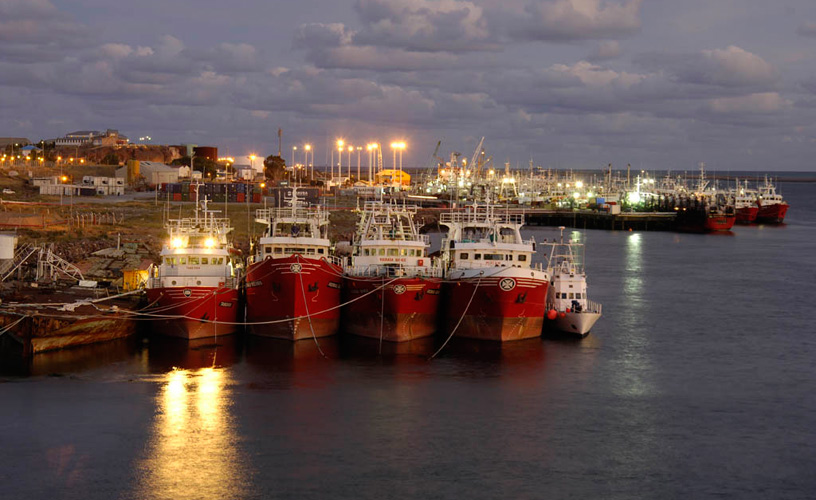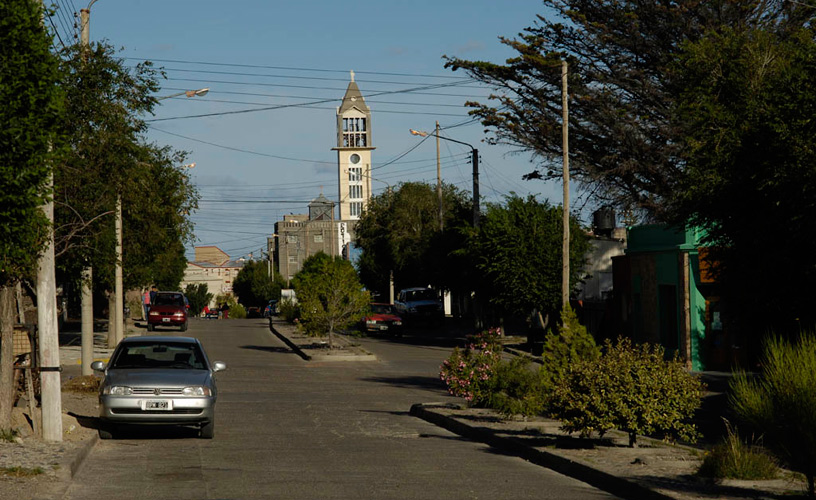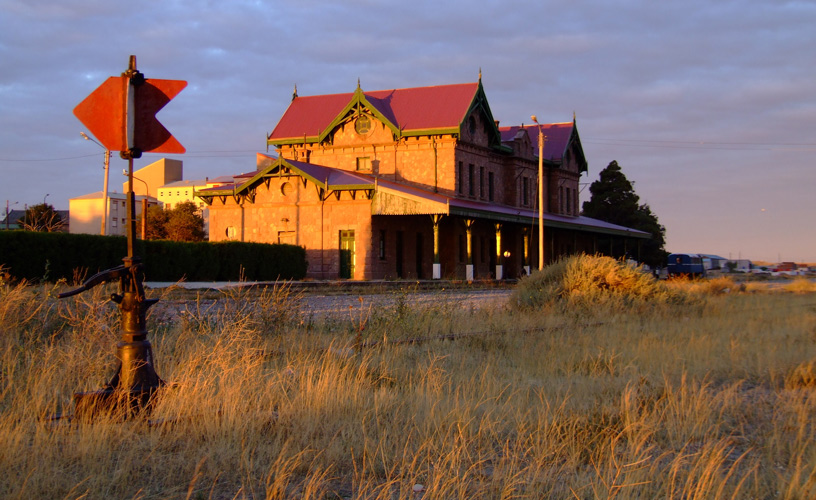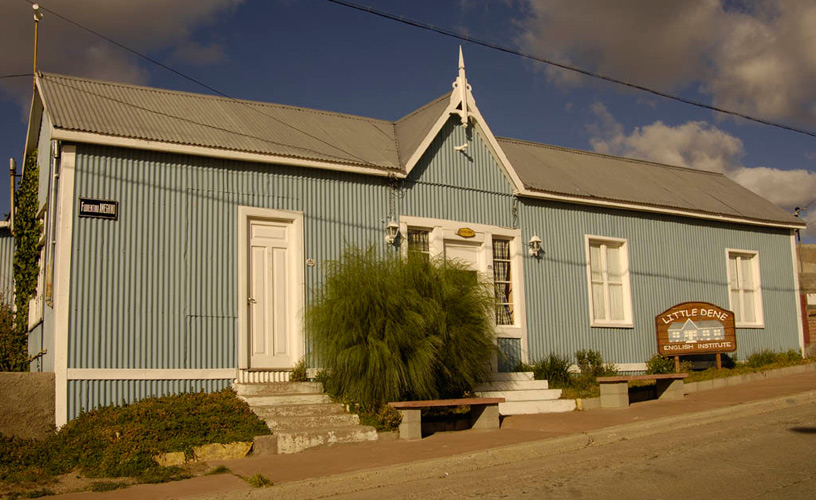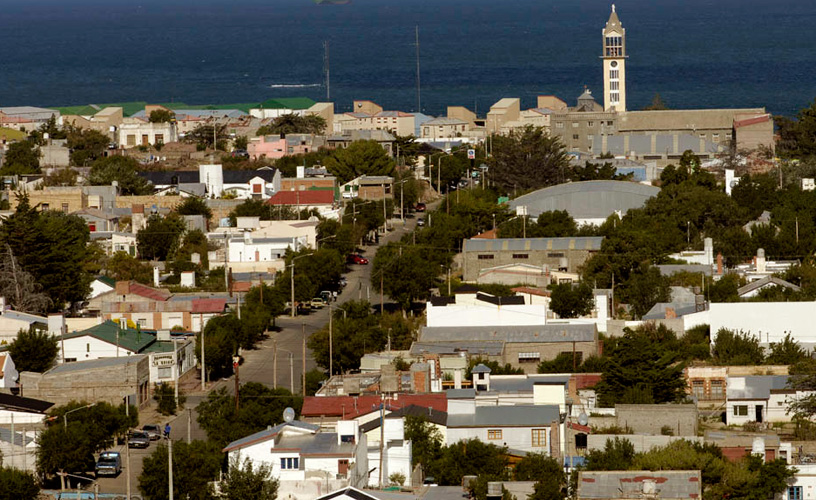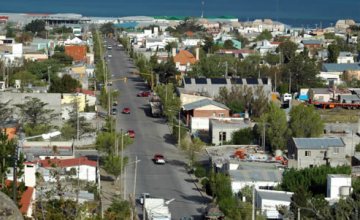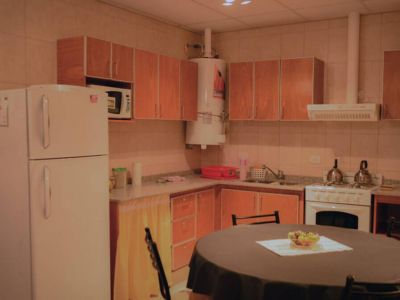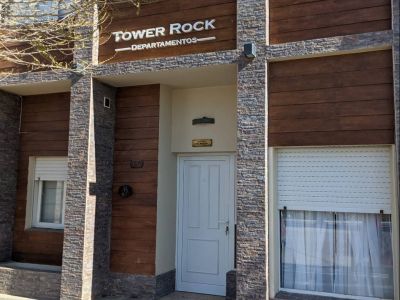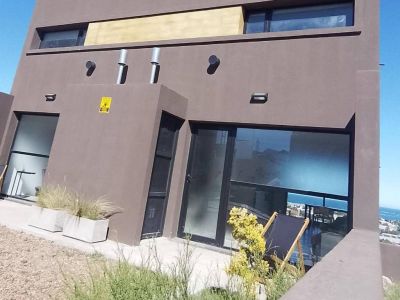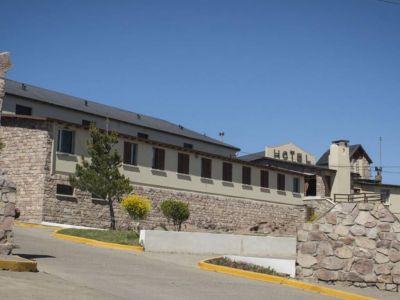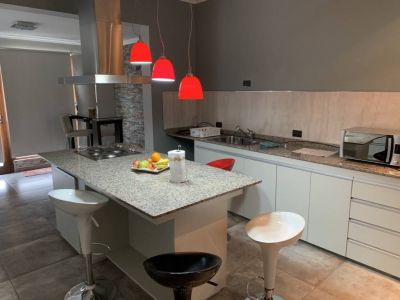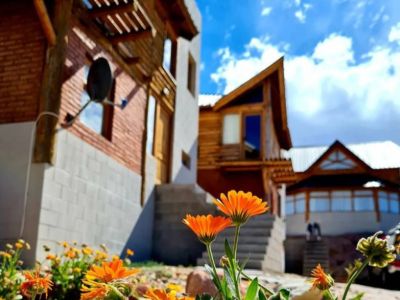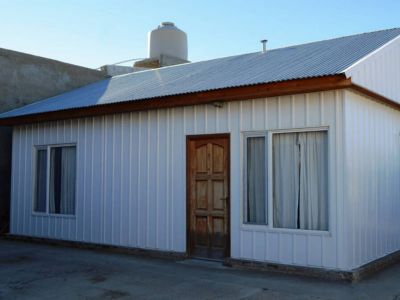Those who are interested in the past will find Puerto Deseado offers attractive tours in the city. We traveled its streets to see what it was all about.
The first thing that caught our attention was the fact that the archeological remains of a fort built by the Spanish were found in 2005. A group of researchers from the University of Buenos Aires managed to exhume a part of the old fort and in 2008 carried out a report of the finding, which included daily items such as oil vessels, shoes, buttons, pottery plates, etc.
The fort was founded on the ría in 1790 by command of Real Compañía Marítima de Carlos IV (Charles IV's Royal Sea Company) and its purpose was to defend the sea coastline from foreign raids. It was used until 1807 and it was also in charge of hunting sea lions and whales in order to extract oil and manage the economic support of the colony.
Years later, in 1884, a special envoy by the national government, Captain Antonio Oneto, set up a group of people so as to found the colony called Deseado. His energy and work boosted this region of the coast.
When Deseado Was a Colony
On the Rails
Just like in the rest of Patagonia, the railway had a prevailing role in Deseado. There are two sites in the city which commemorate that part of recent history.
One of them is the Historical Car, located on the corner of San Martín and Almirante Brown Streets. It was built in 1898 and traveled between Puerto Deseado and Las Heras from 1909 to 1978. Among the many memories in which it was involved, the famous rural strikes of 1920 and 1921, when it was used for military operations, stand out.
Years later, the railway was abandoned and it was not until 1980 that a popular movement started in Puerto Deseado managed to buy the car in a public auction. It has been declared Provincial Historical Monument and today it houses the tourist information office.
Another Municipal Historical Monument we visited is the railway station, built in 1909 with rocks picked up in the area. Today, that magnificent building treasures the Train Museum, where we went on a guided tour in charge of the former railway workers.
Salesian Presence
Within the long and fruitful religious work done by the Salesian fathers, Saint Joseph's College and Our Lady of Guardia Church stand out. At the corner of 12 de Octubre and Don Bosco Streets, we saw the interior of the church and its stained glass windows that have a great luminous effect and a highly-refined technique. They were made by Antonio Estruch at his workshop in Buenos Aires.
One of the church towers features a lighthouse that emits continuous light. Padre Beauvoir Regional Museum may be visited at the Salesian College. This venue specializes in natural sciences and archeology.
Our tour led us to the old Ramón Pier, raised in 1911, and used in combination with the railway to transport the goods that arrived by ship. Puerto Deseado's Nautical and Anglers' Club operates there at present.
Another bastion of local history is represented by Mario Brozoski Municipal Museum, which preserves the remains of the famous English corvette called Swift.
Pride of their struggling past, the denizens of Puerto Deseado have a thousand stories to share with visitors to the city. We were certainly interested in all of them.
Mónica Pons
Palmiro Bedeschi
Contact of the excursion or tour
Dirección Municipal de Turismo
San Martín 1525, Puerto Deseado, Santa Cruz, Agentina
Phone: +54 297-4870220
